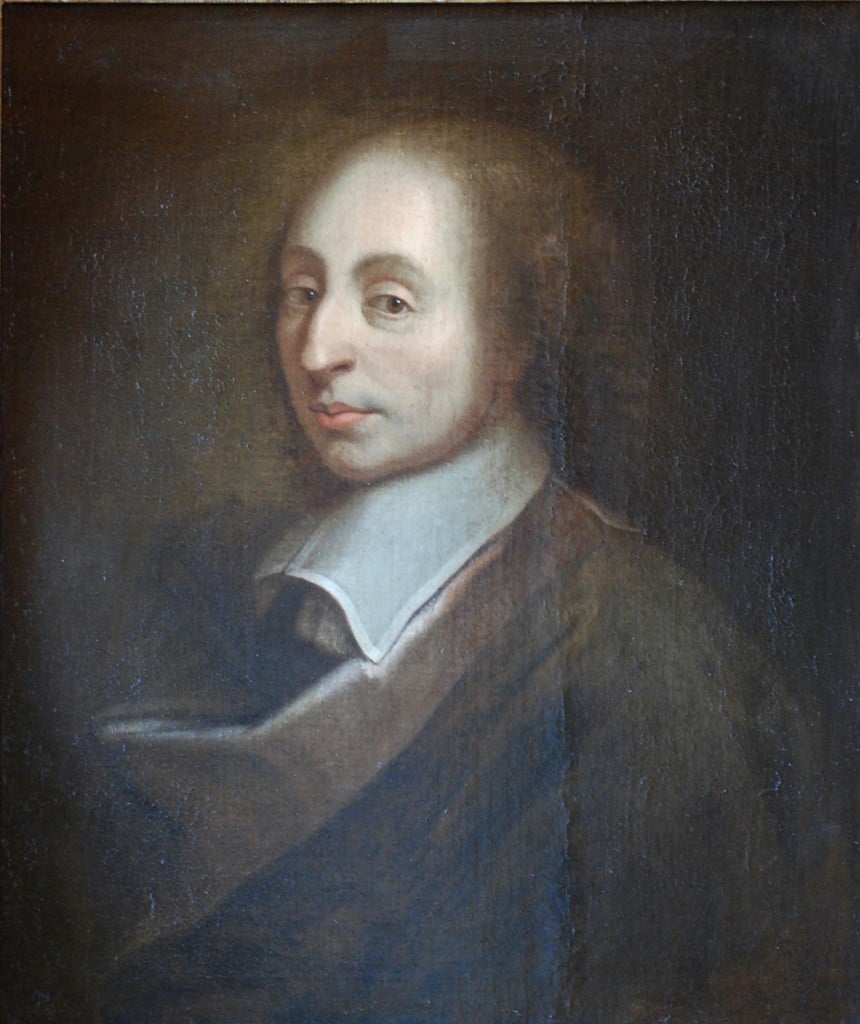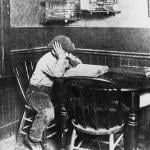The poem below was written by a Scot by the name of John Leyden (1775 – 1811). From what I could find, Leyden was a medical doctor by trade and a Christian. He was even a minister, and according to Wikipedia,
Though he completed his divinity course, and in 1798 was licensed to preach from the presbytery of St Andrews, it soon became clear that the pulpit was not his vocation.
But he evidently had a soft spot in his heart for Our Lady as attested to by the following apologetic words of his publisher in the introduction to these verses,
Though valuing highly the principles of the Protestant faith, we cannot withhold our approval of the many avenues of thought opened up by the Catholic creed, which afford material for beautiful poetry. These stanzes with exception of a few lines are executed in Leyden’s best manner.Many avenues of thought indeed! And material for beautiful poetry? Well, Dr. Leyden was inspired is all that I can figure. The spray in his face and the wind at his back, set his inner Catholic yearning to breathe free, aboard the good ship ironically named the St. Anthony. Take a look at what flowed forth from his pen,
Who lovest on mariners to shine,
These votive garments wet, to thee,
And what, pray tell, is this Ave Maris Stella? A beautiful prayer, that’s what. Again, I’m indebted to the anonymous authors of Wikipedia for the following citation:
“Ave Maris Stella (Latin, “Hail Star of the Sea”) is a plainsong Vespers hymn to the Virgin Mary. It is of uncertain origin and can be dated back at least as far as the eighth century. It was especially popular in the Middle Ages and has been used by many composers as the basis of other compositions. The creation of the original hymn has been attributed to several people, including Saint Venantius Fortunatus.
The melody is found in the Irish plainsong “Gabhaim Molta Bríde”, a piece in praise of St. Bridget. The popular modern hymn Hail Queen of Heaven, the Ocean Star, is loosely based on this plainsong original. It finds particular prominence in the “Way of Consecration to the Blessed Virgin Mary” by Saint Louis de Montfort.”
It is certainly a beautiful way to ask Our Lady to pray for us. Won’t you pray this with me now?
http://www.youtube.com/watch?v=TacNIbmDZ4s?fs=1


















